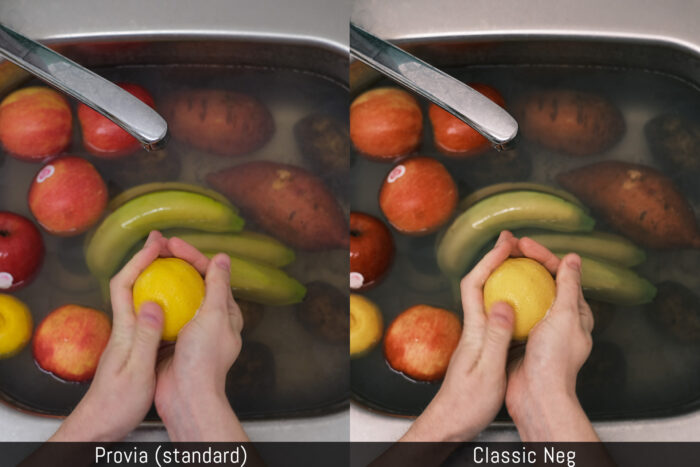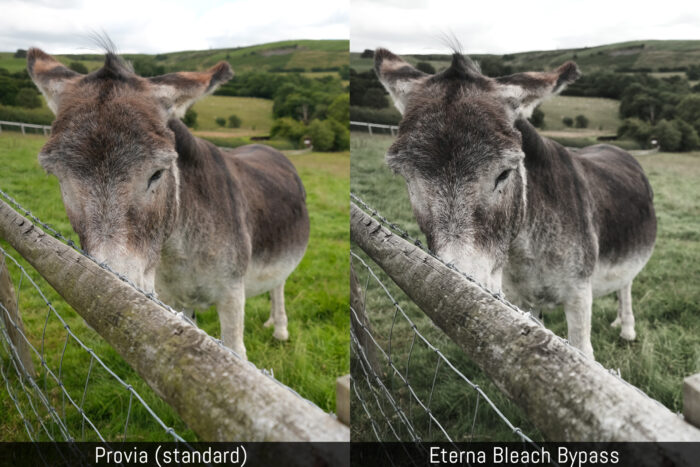With the addition of the new X-S10 line-up, and the recent update to the X-E and X-T30 line-up, Fujifilm now has three cameras with a similar price tag competing in the mid-level mirrorless segment.
One of the most obvious differences is the design, but is there more to the story given that they share almost everything else, including the sensor? Let’s find out!
What the X-E4, X-S10, X-T30 and X-T30 II share in common:
- 26.1MP BSI X-Trans IV CMOS sensor
- ISO 160 to 12800, or 80 to 51200 with the extended values
- 1/4000s max., or 1/32000s with electronic shutter
- 8fps, or 20fps and 30fps (1.25x crop) with the electronic shutter
- 4K video up to 30p and 200Mbps
- 8-bit 4:2:0 internal and 10-bit 4:2:2 external (HDMI)
- F-Log gamma curve (no view assist for X-T30)
- Viewfinder specs (0.39-in, 2.36M dots, 0.62x, 17.5mm eyepoint)
- micro HDMI and USB Type C
- single SD card slot (UHS-I)
Note: Fujifilm released the X-T30 II in September 2021. The body and hardware are identical to the original X-T30 (except for the higher resolution of the LCD screen), but it includes the latest software updates seen in the X-S10 and X-E4. I’ve updated this article accordingly. You can also check our X-T30 vs X-T30 II comparison.
Ethics statement: the information supplied in this article is based on our personal experience with X-T30, and official information about the X-E4, X-S10 and X-T30 II. We were not asked to write anything about these cameras, nor were we provided with any sort of compensation. Within the article, there are affiliate links. If you decided to buy something after clicking the link, we will receive a small commission. To know more about our ethics, you can visit our full disclosure page. Thank you!
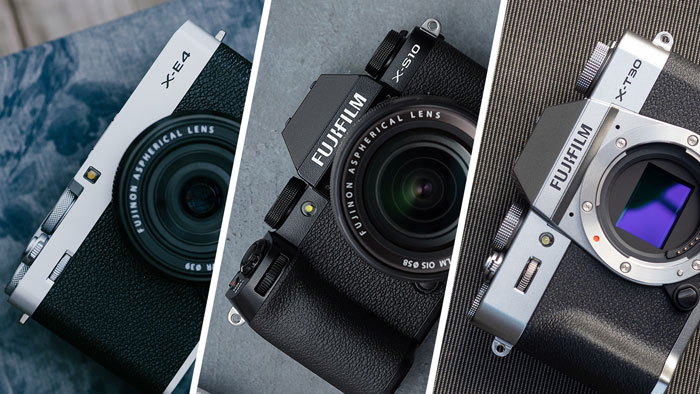
1. Five axis stabilisation
The X-S10 is the only camera in this group to feature in-body image stabilisation. It is the third Fuji APS-C model with this technology after the X-H1 and X-T4. It has a rating of 6 stops.
The X-E4, X-T30 and X-T30 II on the other hand don’t have in-body stabilisation.
For video, the X-S10 has additional settings. There is digital stabilisation (1.1x sensor crop) and IS Boost to make the shots more stable.
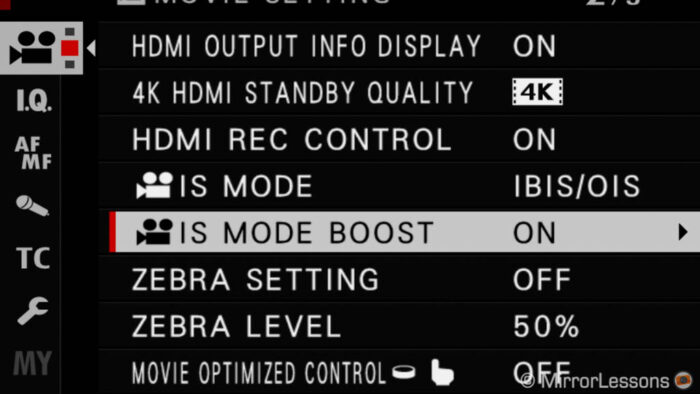
2. Autofocus
The three cameras have the same autofocus system which includes 117 phase detection points that can be subdivided into 425 depending on the settings used. These points cover 99% of the sensor surface.
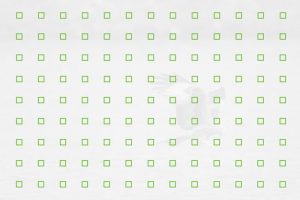
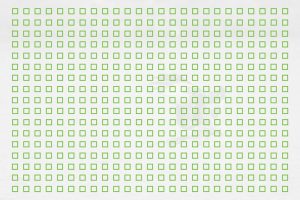
The X-E4, X-S10 and X-T30 II have the same capabilities as the flagship X-T4. This includes a locking speed of 0.002s and a minimum sensitivity of -6Ev with an f1.4 aperture (or -7Ev with the 50mm f1). The acquisition speed is not specified for the X-T30, whereas its sensitivity in low light should be -3v.
All four cameras have face and eye detection. You can prioritise a face when multiple people are in the frame, and the cameras are also capable of focusing on the eye when the subject is further away. Make sure to have the latest firmware installed on the X-T30 to ensure optimal performance.
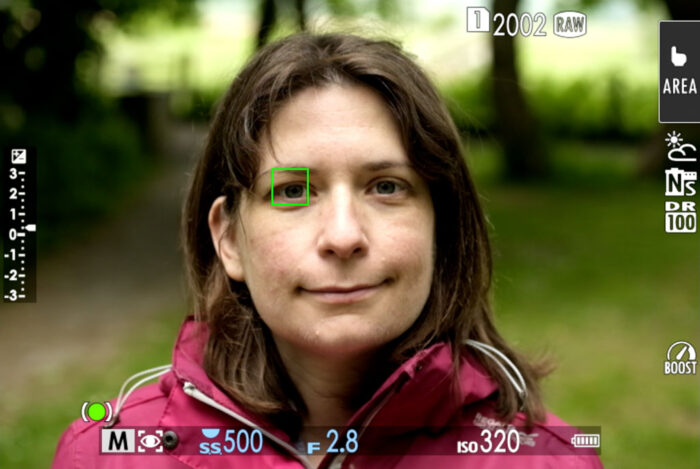
3. Film Simulation mode
Because the three cameras feature the same 26.1MP sensor, there isn’t a lot to say when it comes to dynamic range or high ISO: they deliver the same image quality.
Once again, some differences are found in the software. The X-E4, X-S10 and X-T30 II include 18 Film Simulations (picture profiles), with Classic Neg and Eterna Bleach Bypass being the most recent additions. These two profiles are missing from the X-T30 because it was released earlier than the other two models.
The X-E4, X-S10 and X-T30 II have extra settings to customise the in-camera JPGs, things like Clarity and the Colour chrome FX blue.
Missing from the X-T30 is also the HDR mode, where three images are combined into one with more gradation in the shadows and highlights (you can read about the HDR mode in our dedicated article).
Because all four cameras have the same sensor and image processor, it is technically possible for the original X-T30 to receive these updates (including the AF tweaks we mentioned further above). Whether that will happen or not is up to Fujifilm.
4. Video
The three cameras share the same 4K video capabilities with a maximum fo 30fps, no sensor crop and full pixel readout.
In Full HD, the High Speed mode goes up to 120fps on the X-T30, whereas the X-E4, X-S10 and X-T30 II can do double the speed at 240fps. You can see the quality in the video below where we also explains how it works (made with the X-T4, which has the same quality).
Another difference is the maximum duration per clip. The X-T30 can record 4K video up to 10 minutes, or 15min in 1080p. The other three cameras can do 30 minutes in both 4K and Full HD.
5. Design
The main difference between these four cameras concerns the design.
First, there is the position of the viewfinder: it is central on the X-S10 and X-T30 I & II, extending from the top plate, whereas it is included in the main frame and on the left side for the X-E4.
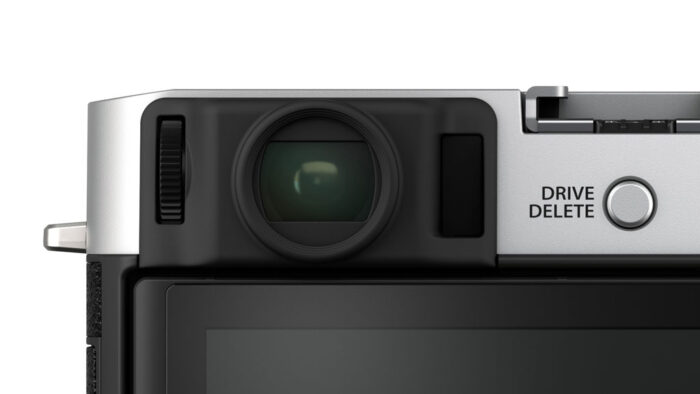
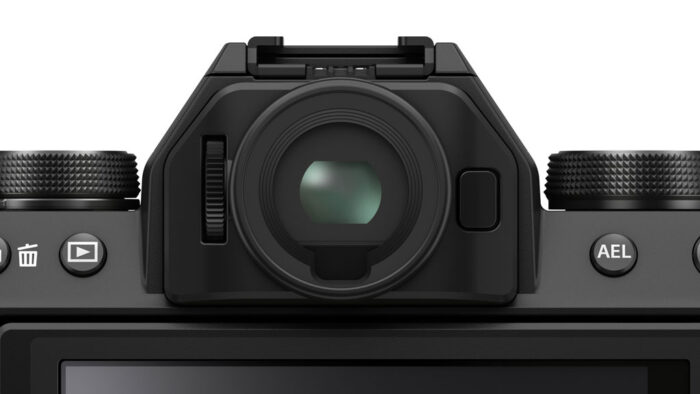
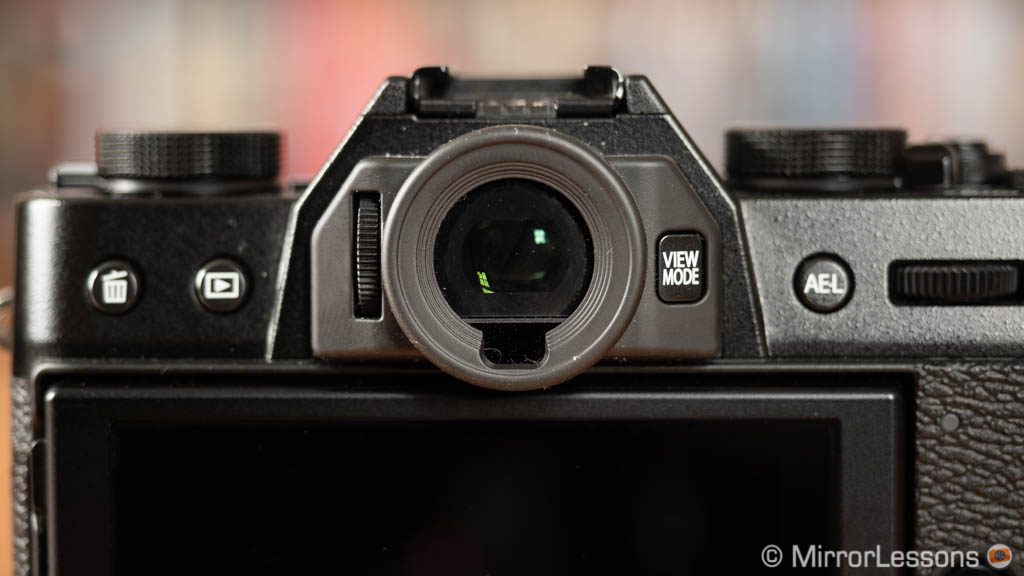
This X-E4 solution helps the camera have the most compact dimensions overall, although the two X-T30s are very close:
- X-E4: 121.3 x 72.9 x 32.7mm, 364g
- X-S10: 126 x 85.1 x 65.4mm, 465g
- X-T30: 118.4 x 82.8 x 46.8mm, 383g (the mark II model is 5g lighter)
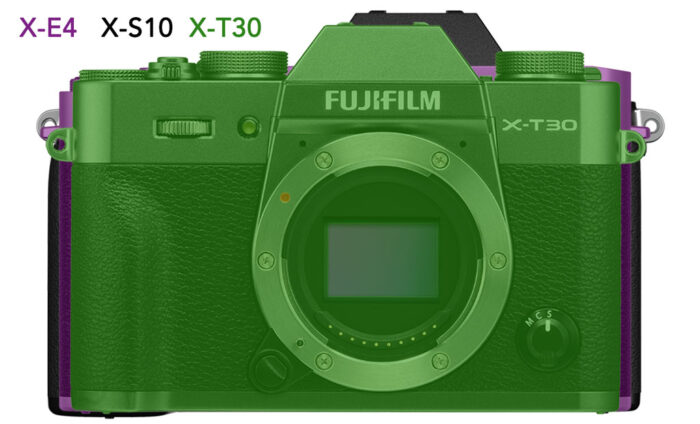
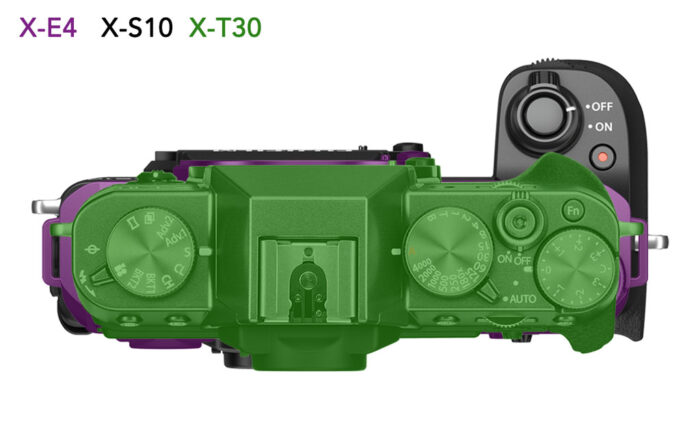
The X-S10 is the one with the largest front grip, which ensures better handling with large lenses and gives you a more secure grip when working in various situations.

The X-T30 and X-T30 II have a smaller grip and the camera itself is also smaller. Personally I’ve always struggled with it a little because of my large hands, although this can vary from person to person.
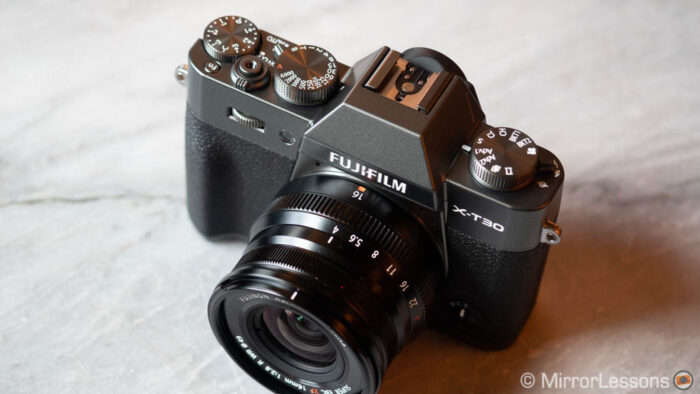
The X-E4 has a flat design and no grip at the front or rear. This makes the body smaller and more minimalistic. Fujifilm has designed optional accessories such as a landscape front grip and a thumb rest that can be mounted to the hot-shoe. (Note that accessories such as these can often be found for other cameras, made by third parties.)
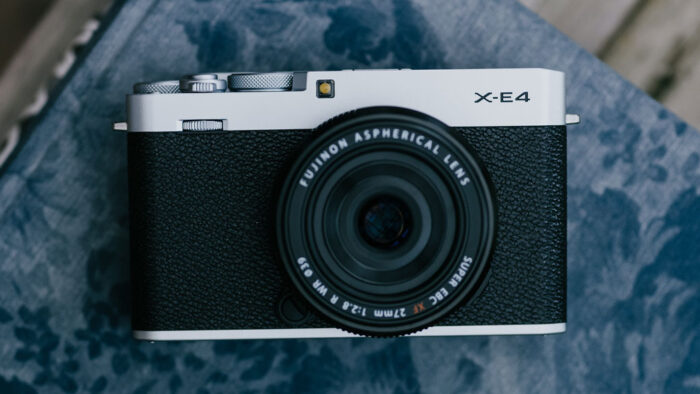
Concerning the build quality, the X-E4 and X-S10 have a top magnesium plates, whereas the X-T30 I & II use magnesium at the top and bottom. The rest is hard plastic, and metal for the bottom plate and mount.
The X-E4 is the only one without a built-in flash.
The X-E4 and X-T30 II are available in silver/black or all black. You have three colour choices with the original X-T30 (black, silver or charcoal) whereas the X-S10 can be found in black only.
6. Buttons and Dials
The X-S10 has three top dials and a command dial on the front. You can use them to change exposure settings, as well as other things such as the film simulations when the camera is set to Auto.
Unlike other Fujifilm cameras, the X-S10 design stands apart for not including the vintage speed or ISO dials, but it does feature a PSAM dial (shooting modes) instead.

The X-E4 and X-T30 models feature shutter speed and exposure compensation dials on top. On the X-E4, the shutter speed dial has an extra P step for full auto exposure.
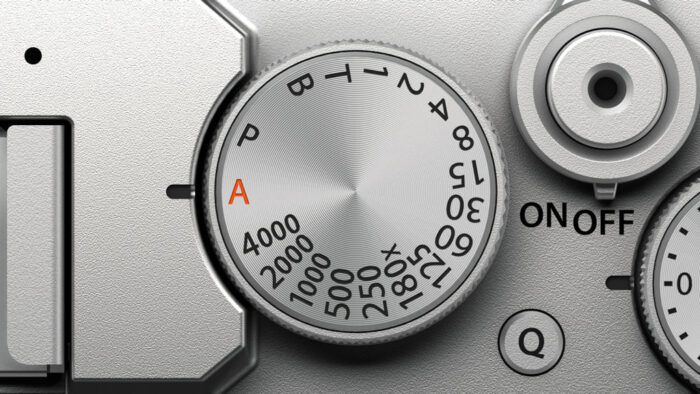
The two X-T30 have twin command dials on the rear and front, plus an Auto switch on top to go to Auto mode.
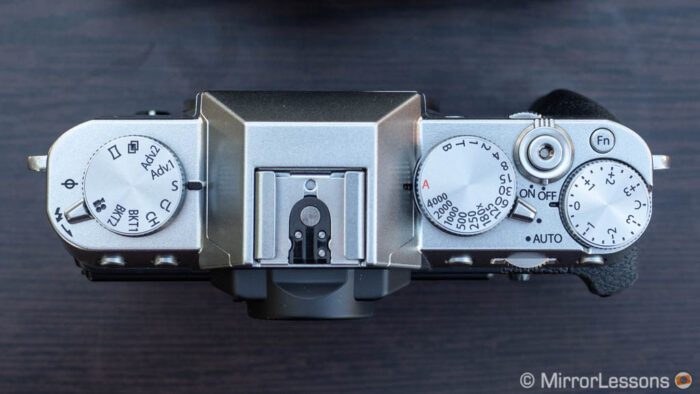
The X-E4 lacks the rear command dial and other buttons on the rear. Fujifilm has decided to reduce the number of buttons to leave more space for the thumb, without the risk of accidentally pressing a button. The front dial can be toggled to switch between two different functions.
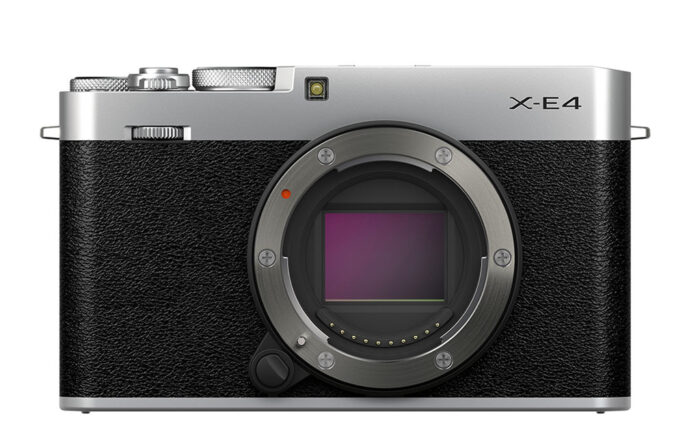
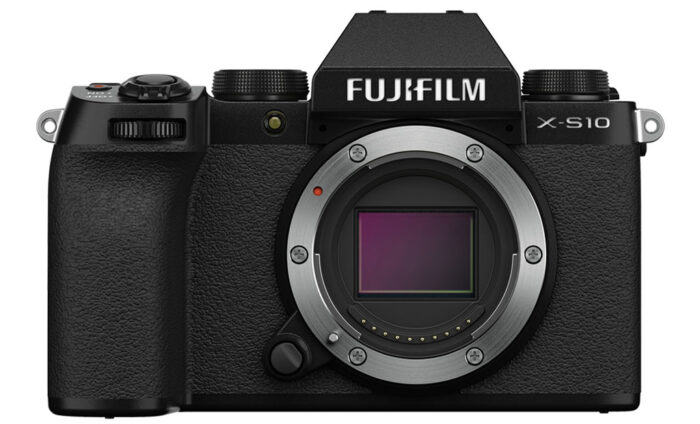
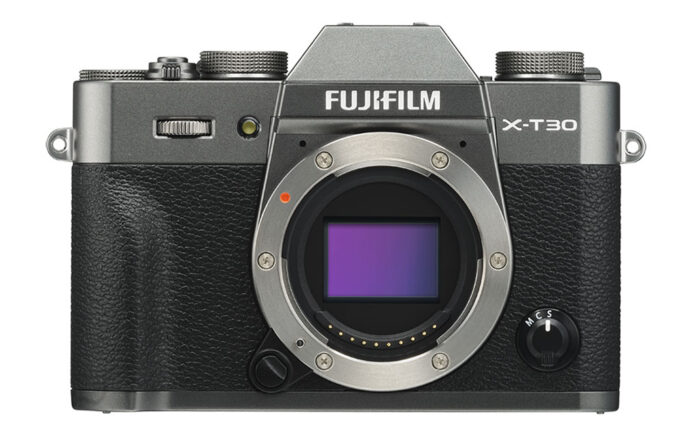
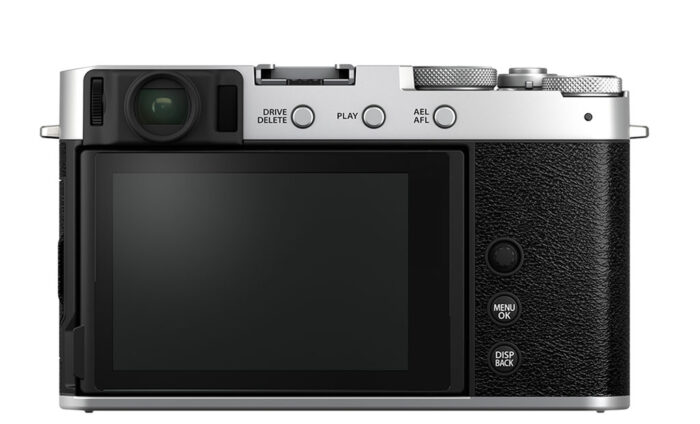
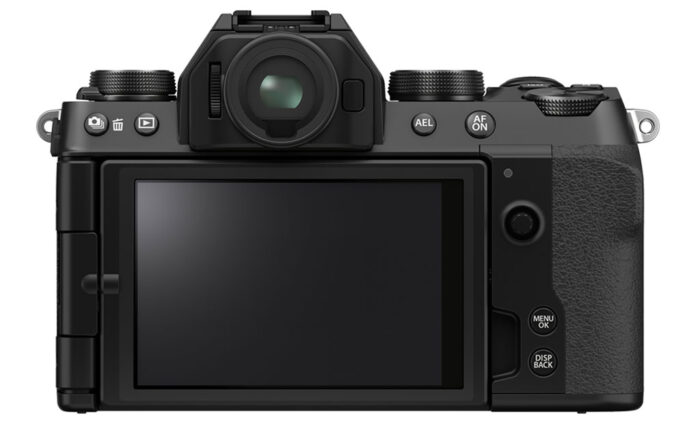
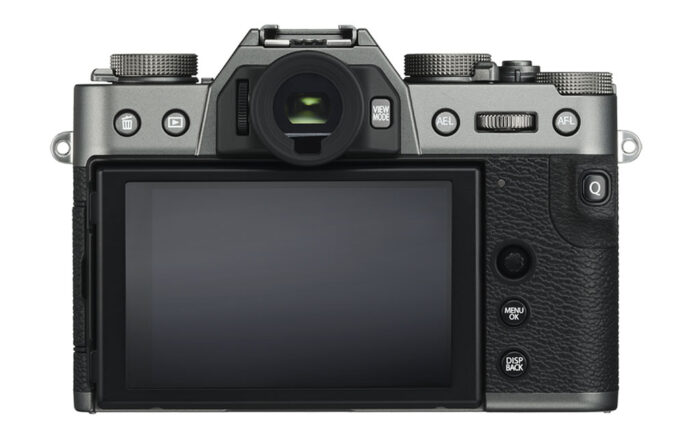
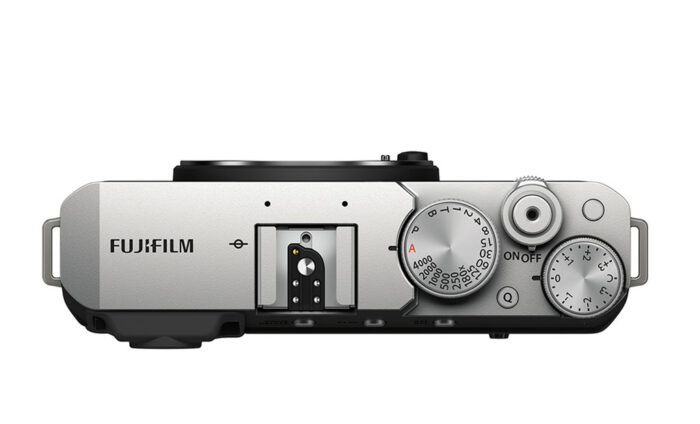
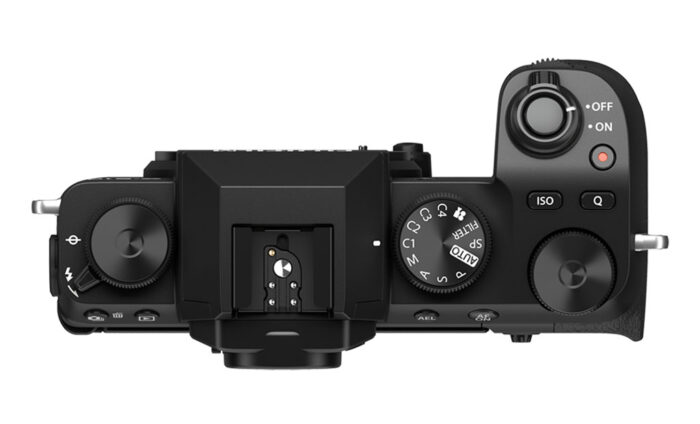
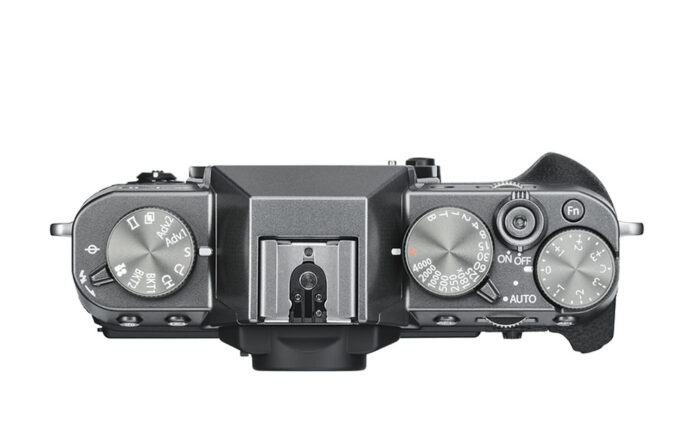
Note that the X-T30 II is identical to its predecessor when it comes to design, dials and buttons.
Another difference for those interested in video is that the X-S10 is the only camera to have a dedicated video button. This means that video recording can be engaged at any time, whereas on the other three bodies, you need to be in video mode and use the shutter button.
Other differences include:
- the Q button is found on top on the X-S10 and X-E4, on the rear on the X-T30 I & II
- the X-S10 has a pre-configured ISO button
Finally, all four have an AF joystick on the rear which is also used to navigate the menu and change settings.
7. LCD Screen
Another relevant difference between the three cameras is the LCD screen. Each has its own solution when it comes to the moving mechanism.
The X-E4 monitor can be tilted up 180˚. It is very thin and has been designed to fit seamlessly with the camera body. It can also tilt about 45˚ down.
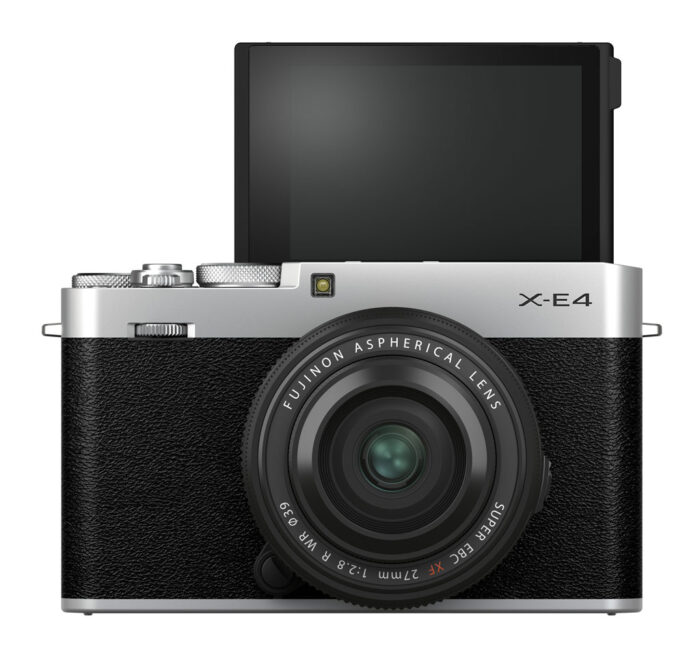
The X-S10 has a multi-angle LCD screen that can be opened to the side and rotated 180˚.
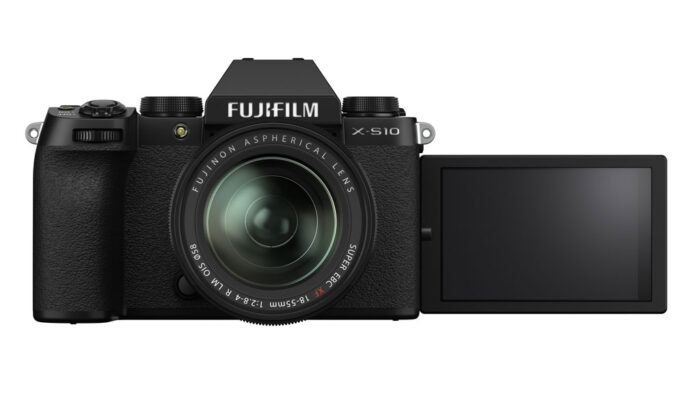
The X-T30 and X-T30 II monitors can be tilted up to a maximum of 90˚, or down to about 45˚ as well.
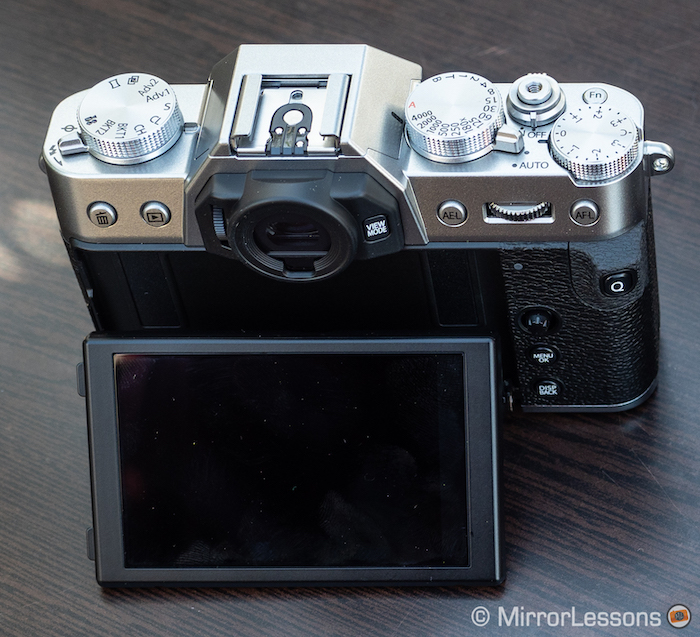
Touch sensitivity is available on all three cameras with the usual operations:
- take a shot
- move the AF point
- activate functions
- change settings in the Q menu
The X-E4 and X-T30 II also have more resolution on the screen: 1.62M dots versus 1.04M dots on the other two cameras.
8. Audio connections
The two X-T30 only have a 2.5mm input, which will required a 2.5 to 3.5mm jack adapter most of the time if you want to attach a microphone.
The X-E4 and X-S10 have the larger 3.5mm mic input.
None have a headphone output, but you can use an analogue 3.5mm female jack to USB-C adapter to get audio out of the USB C port. This adapter is included in the box of the X-E4 and X-S10.
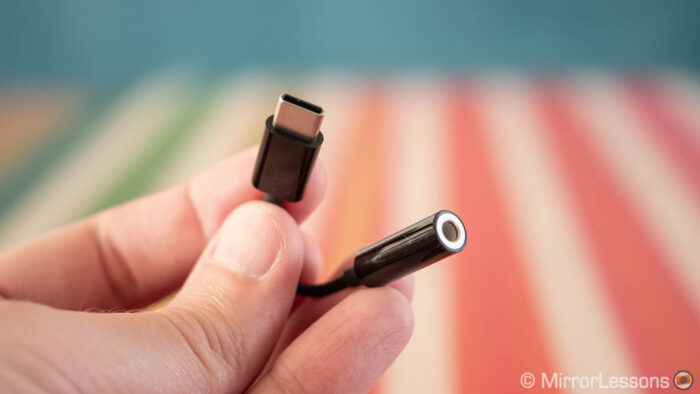
9. Battery life
The NP-W126S is the battery that powers the four cameras, but the CIPA rating per charge is different. The X-E4 seems to be the most efficient as you can see below:
- X-E4: 460 frames
- X-T30 II: 390 frames
- X-T30: 380 frames
- X-S10: 325 frames
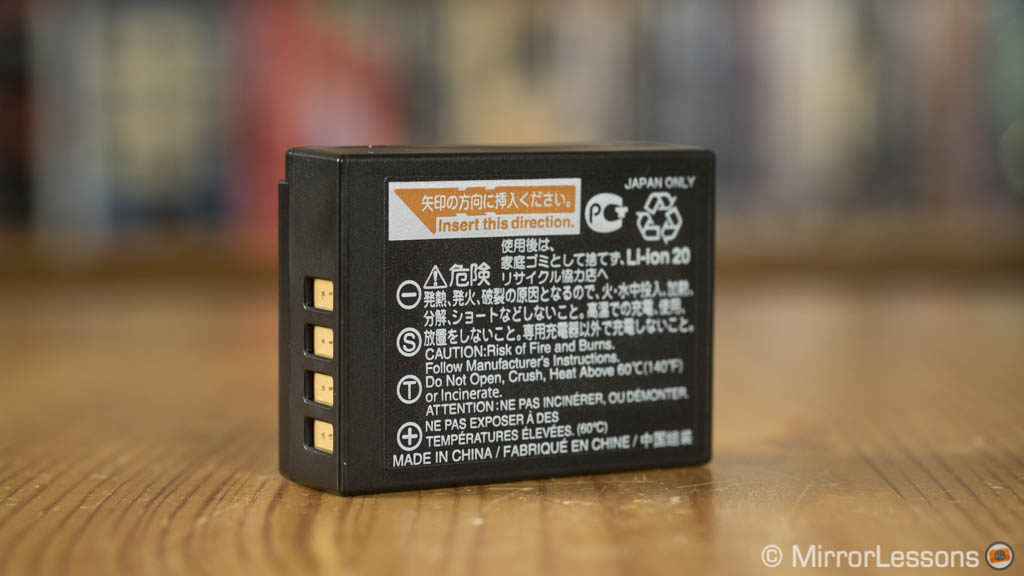
One reason for the X-S10 being more power hungry is certainly the presence of in-body stabilisation. As always, remember that these figures rarely translate into real world use, where you can capture more images than that.
All four cameras can be charged or powered via the USB C port.
10. Price
The new X-E4 is available at the retail price of $850, £800 or €900 (body only).
The X-S10 is a bit more expensive and can be found for $1000 / £950 / €940 (body only).
The X-T30 costs $800, £850 or €800 whereas the mark II model starts at $900, £770 or €930.
Note: prices are as of early September 2021.
Conclusion
The choice between these four cameras should be easy enough to make. Since they both have the same sensor and processor, you know that the image and video quality are the same, so you can remove that from the equation.
The main thing to consider is the design. The X-S10 provides a larger grip and a multi-angle screen, and the X-E4 is the smallest and lightest of them all.
The X-S10 is the most complete package, also thanks to the inclusion of in-body image stabilisation.
The X-T30 is showing its age a bit more because it lacks a few software updates, such as the faster AF acquisition speed and the extra JPG settings. It also has more limited recording time per clip for video.
Rather than giving the camera a firmware update, Fujifilm decided to release the X-T30 mark II with the latest software version. Wether the original X-T30 will be supported via firmware in the future or not remains to be seen.
If you are still undecided after the summary above, probably the best advice I can give you is to go with the best deal you can find online or at a camera store.
Reminder: the links below are affiliate links. If you decided to buy something after clicking the link, we will receive a small commission.
Check price of the Fujifilm X-E4 on
Amazon US | Amazon UK | B&H Photo | eBay
Check price of the Fujifilm X-S10 on
Amazon | B&H Photo | eBay
Check price of the Fujifilm X-T30 on
Amazon | Amazon UK | eBay | B&H Photo

